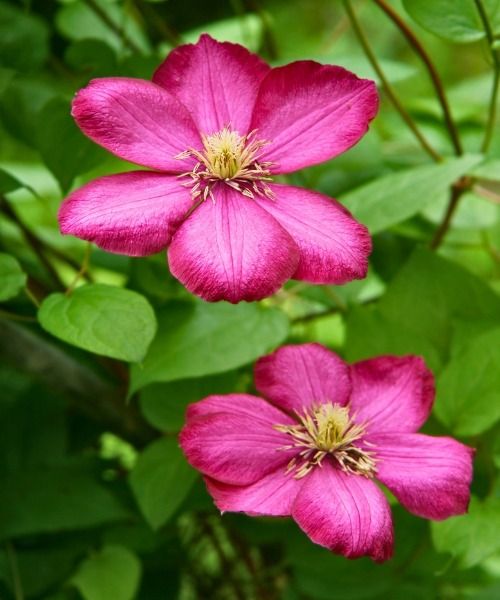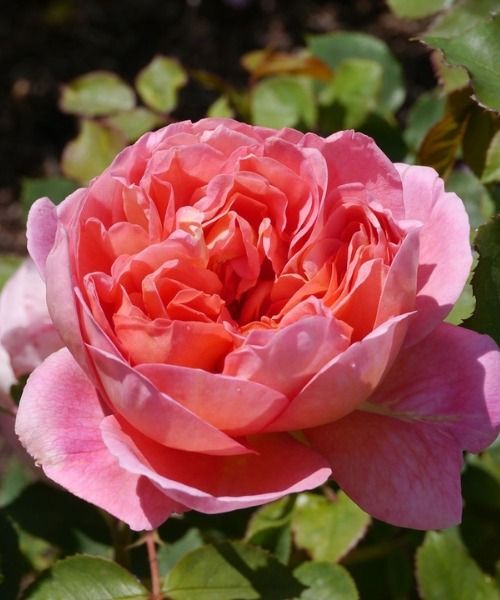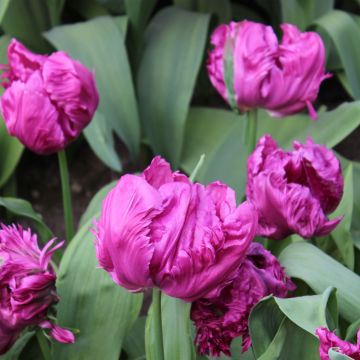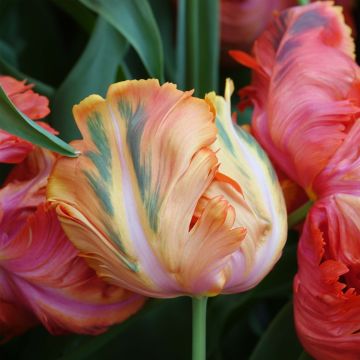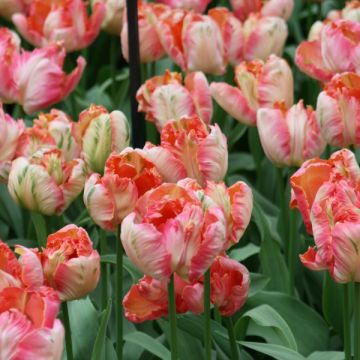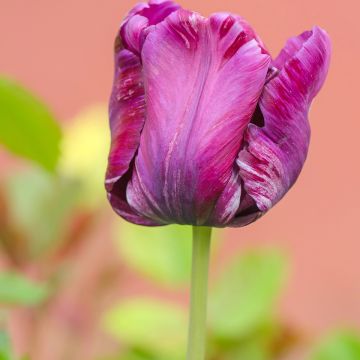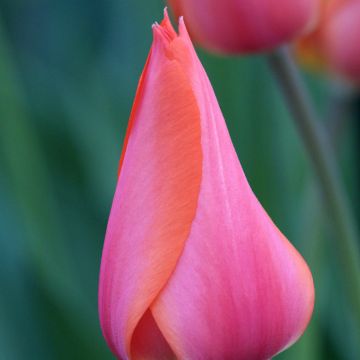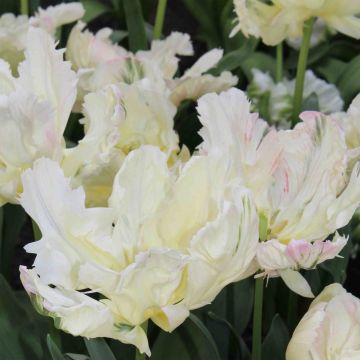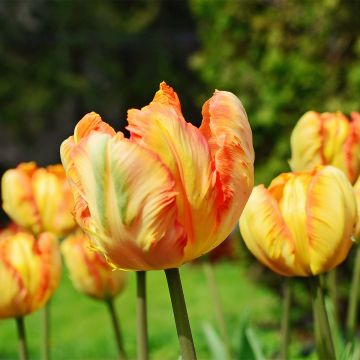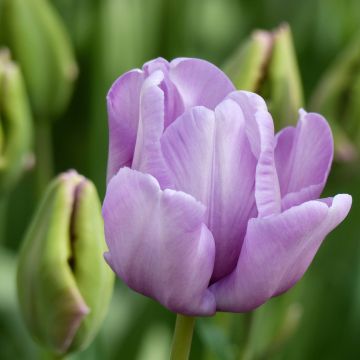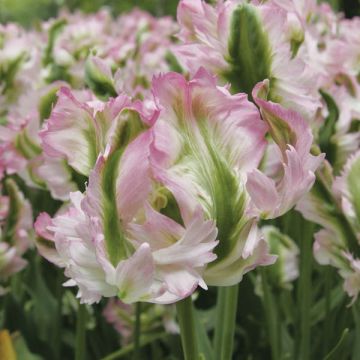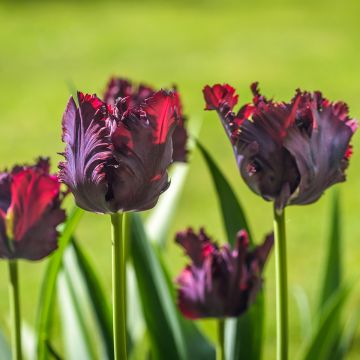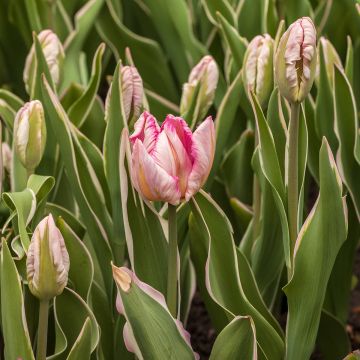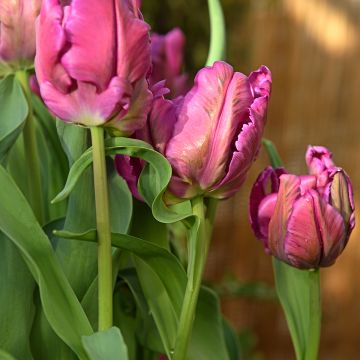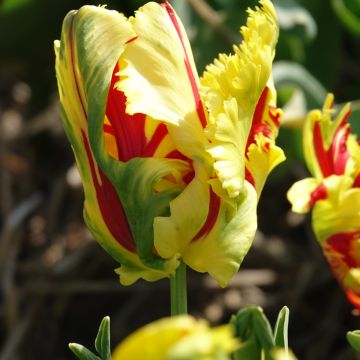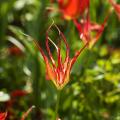Parrot Tulips, all our special offers
Would this plant suit my garden? Set up your Plantfit profile →
Available in 1 sizes
Available in 1 sizes
Available in 1 sizes
Available in 1 sizes
Available in 1 sizes
Available in 1 sizes
Available in 1 sizes
Available in 1 sizes
Available in 1 sizes
Available in 1 sizes
Available in 1 sizes
Available in 1 sizes
Available in 1 sizes
Available in 1 sizes
Available in 1 sizes
Available in 1 sizes
Available in 1 sizes
Available in 1 sizes
Available in 1 sizes
Available in 1 sizes
Available in 1 sizes
Available in 1 sizes
Available in 1 sizes
Available in 1 sizes
Parrot tulips are completely unique plants, resulting from a selection process combined with a complex breeding process. Their main characteristic is to have flowers with twisted, puffy, ruffled, and irregularly fringed petals. They display variegated, baroque, or refined colors on their corollas, which will leave you in awe. Usually, they flower late, in May-June, and develop long stems, not always straight in the case of older varieties. These bulbsoften mark the end of the tulip season .
They are fabulous when planted in monochromatic patches in flower beds and spectacular in bouquets. Their bulbs are easy to grow. They should be planted in autumn, in ordinary, moist to dry, loose, well-worked, and well-drained soil. They love a sunny or semi-shaded exposure. To enjoy their large flowers for several years, it is preferable to feed the bulbs with dedicated fertilizer and to dig them up in summer to replant them in autumn.
Haven't found what you were looking for?




































